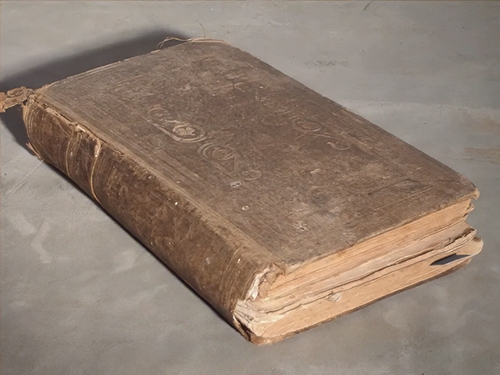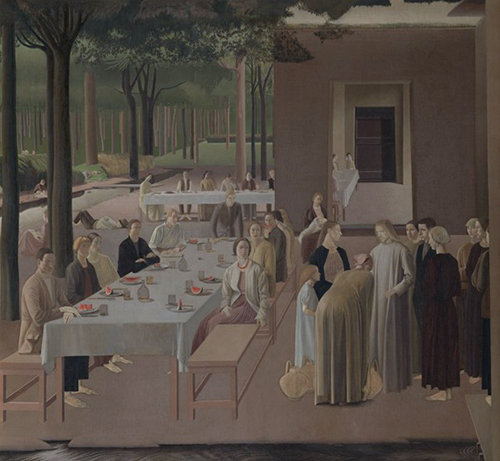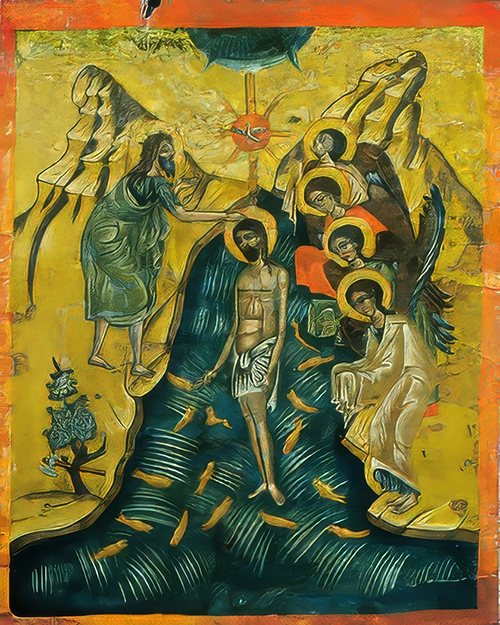The Dutch artist Rembrandt van Rijn painted today’s Gospel story at least twice, in 1631 and in 1669.
As well there are numerous pencil sketches.
The difference between Rembrandt’s most well-known paintings of this event in the life of the person of Jesus, may well illustrate something of the journey of a spiritual person.
Simeon’s Song of Praise, 1631, is housed at the Mauritshuis, The Hague.
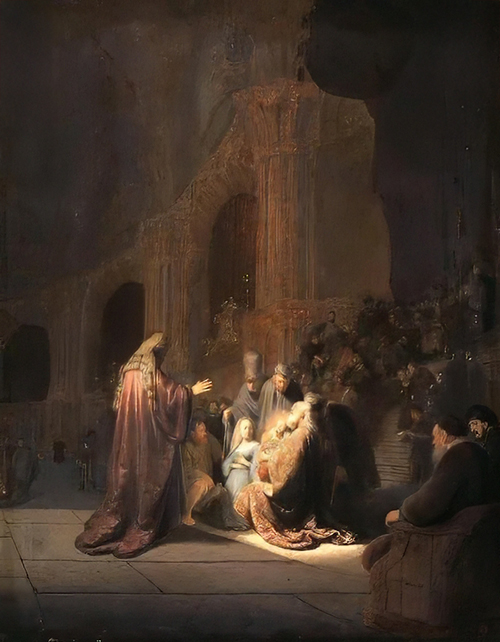
To say the painting is busy is stating it mildly.
Nearly two dozen other figures line the background, looking on.
Here young Rembrandt shows what he’s capable of. Your eye could spend an hour touring the canvas, and you still wouldn’t see all that’s there.
The young, 25-year-old Rembrandt is out to show off his skills.
The second painting, painted thirty-eight years later in 1669, the year of Rembrandt’s death, is very different.
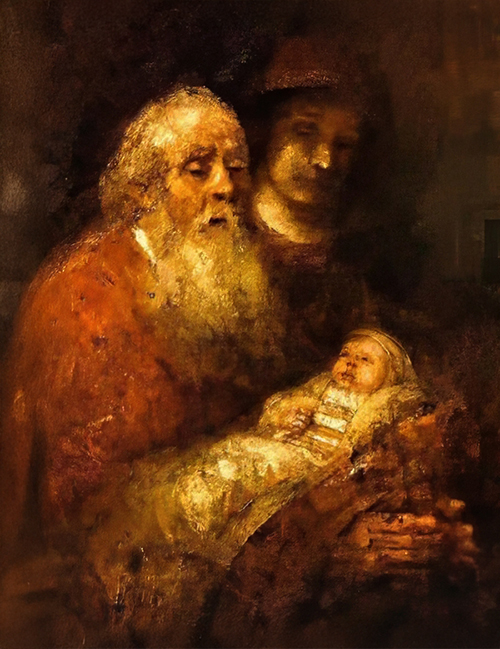
This painting was found on the easel in his studio at the time of his death. Rembrandt was 63.
Gone are the crowds looking on.
Gone are the columns, and filigree, and architecture.
Gone is the brilliant beam of light.
The crisp brushwork of a steady young hand has given way to the shaky, mottled, impressions of the old master’s touch.
The aged Rembrandt is content to deliver warmth over detail, individuals over a crowd, and simplicity over grandeur.
Might that well be the recipe for our own Christian journey? to deliver “warmth over detail, individuals over a crowd, and simplicity over grandeur. “

